Insecticides, repellents and insect traps are used massively around the world every day. Doing so, we forget that insects play an indispensable role in the environmental balance. As a result, bee populations have been declining worldwide, while without their pollination 1/3 of the food we eat would be threatened. Concerned with the fact that a lot of pollinators, such as solitary bees and wasps, lack places to live in the urban context, designers create manmade shelters for the insects that encourage biodiversity and increase the ecosystem productivity.
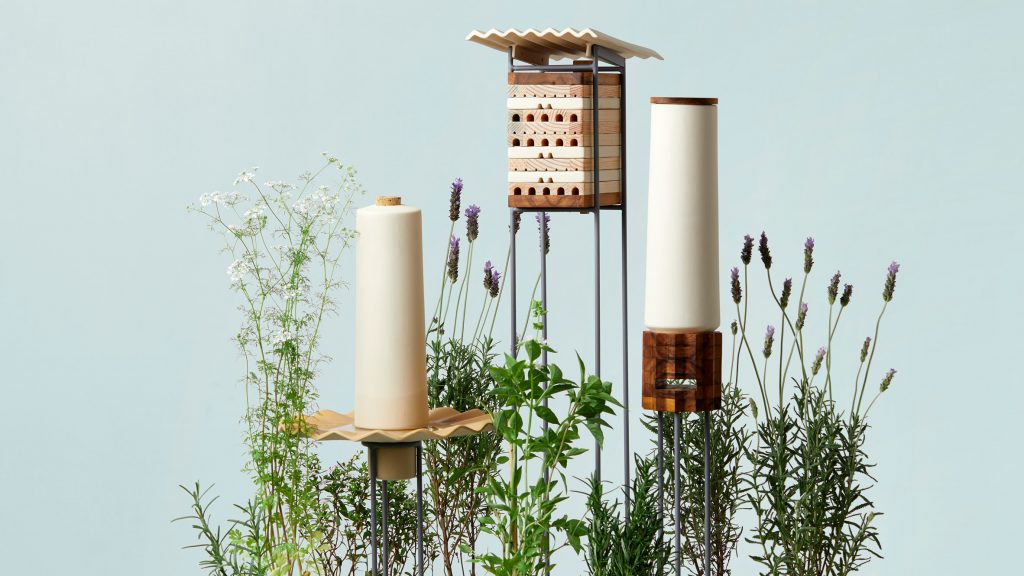
Mexico-based creative studio MaliArts has designed Refugio, a series of structures for solitary bees living in built-up areas to generate a closer relationship between cities (humans) and nature (bees). Solitary bees do not live in a hive, do not have a queen and therefore do not produce honey, most are not aggressive and many of them do not even have a sting. For a long time, these species did not receive much attention, but recent studies show that they may be the most efficient pollinators in nature.
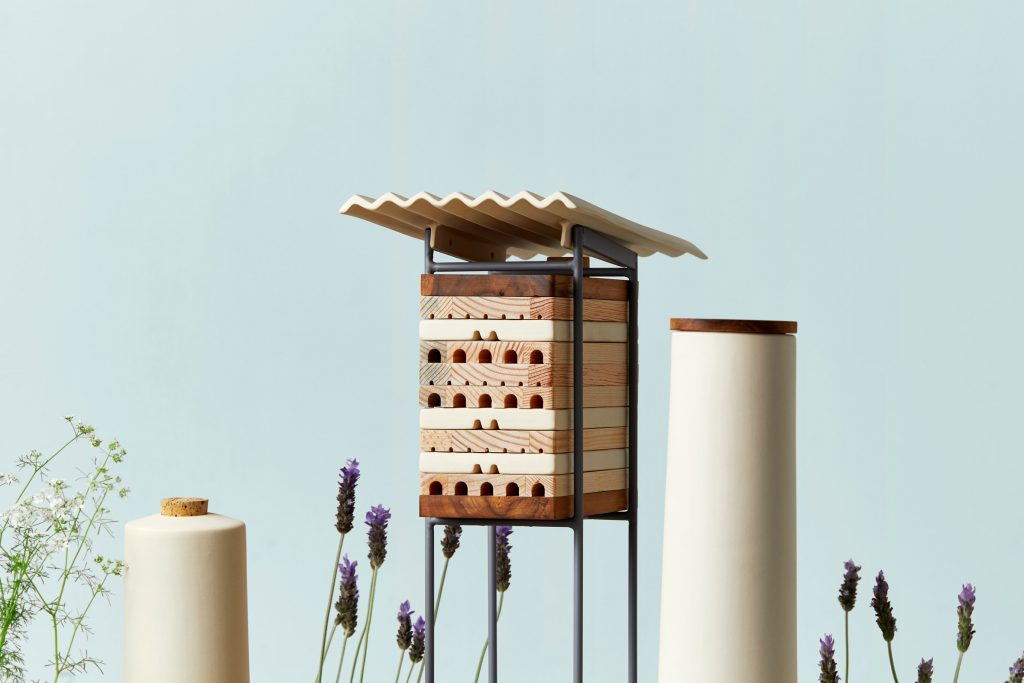
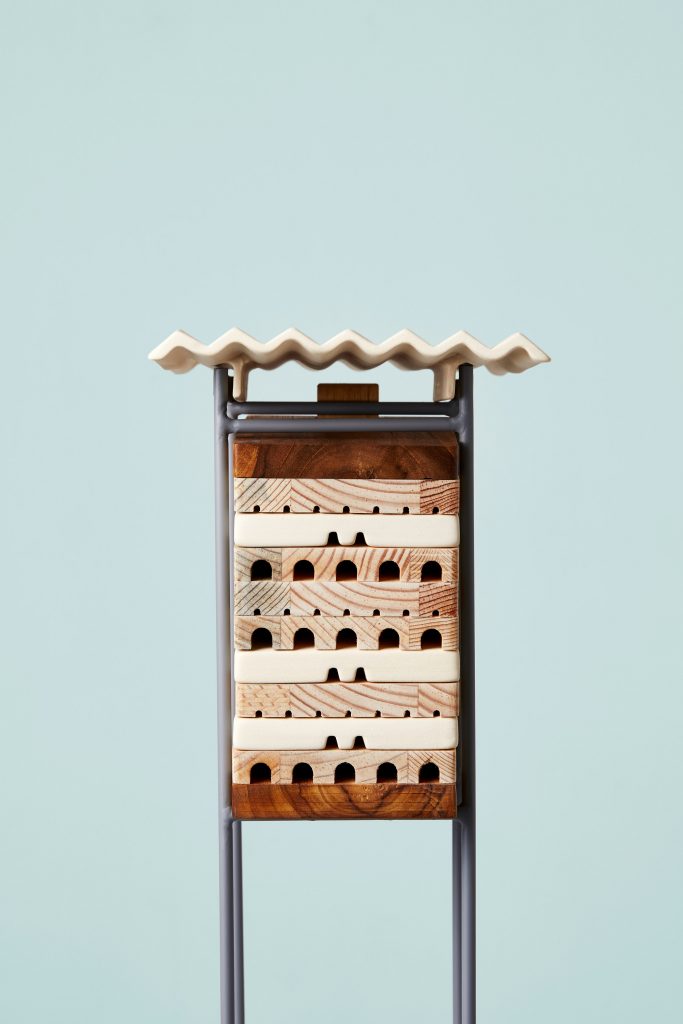
Refugio shelters by MaliArts (ph: Sergio López; also header image)
The three objects of the Refugio project are conceived to increase the population of different species of solitary bees. The shelter, designed to function as both a resting place and a nesting place, encompasses multiple modules made from unfinished pine and teak wood covered with natural oil, and is topped by a ceramic roof.

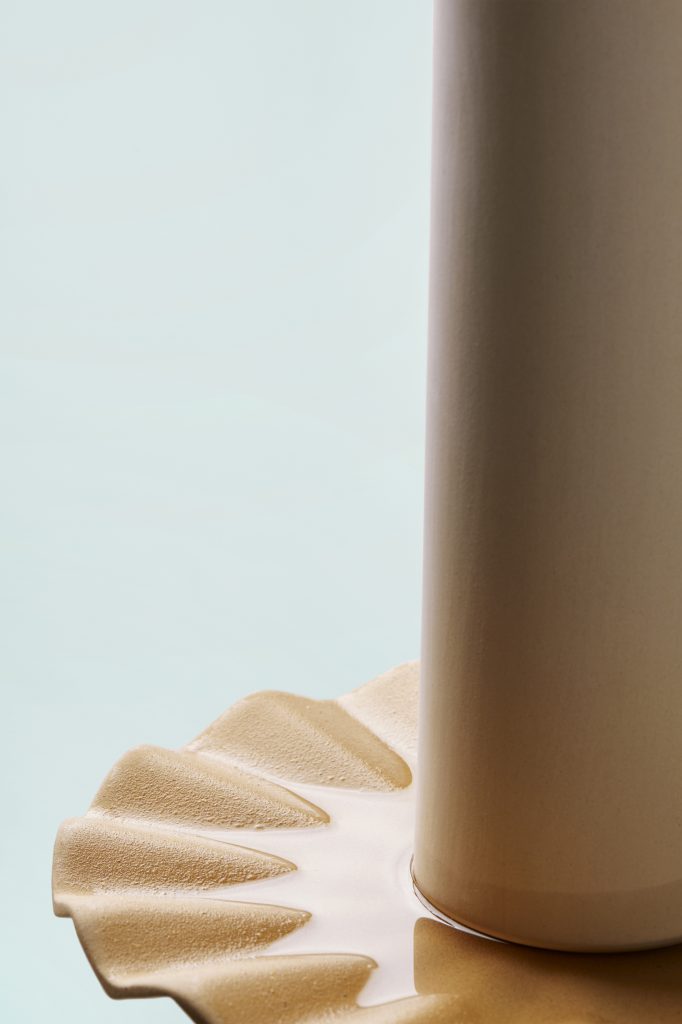
Refugio shelters by MaliArts (ph: Sergio López)
The waterer provides a safe space to drink, and the feeder contains food, for areas without enough flowers. Both pieces are ceramic with red clay enamel on their internal faces. Both the lid and the base of the feeder are made of teak, and the tall legs of all three objects are made of steel.

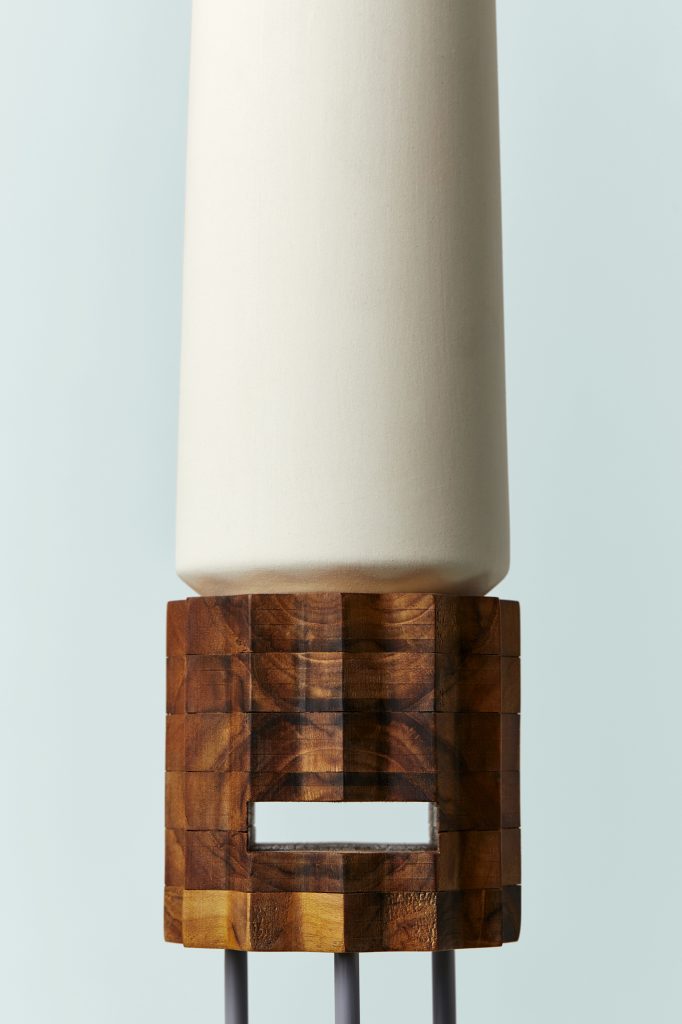
Refugio shelters by MaliArts (ph: Sergio López)
The objects are complemented with a cultivation manual to create sanctuaries of solitary bees, that presents a total of twenty floral plants arranged according to their stage of flowering, as well as possible configurations according to the height and type of irrigation of these plants. According to the studio, such sanctuaries are a significant way to get involved in the conservation of biodiversity.

Bee hotels by NORD DDB for McDonald Sweden
McDonald Sweden has started a sustainable initiative, which offers solitary bees places to stay. Some restaurants have beehives on their rooftops and their number is constantly growing, with more franchisees over the country joining in.
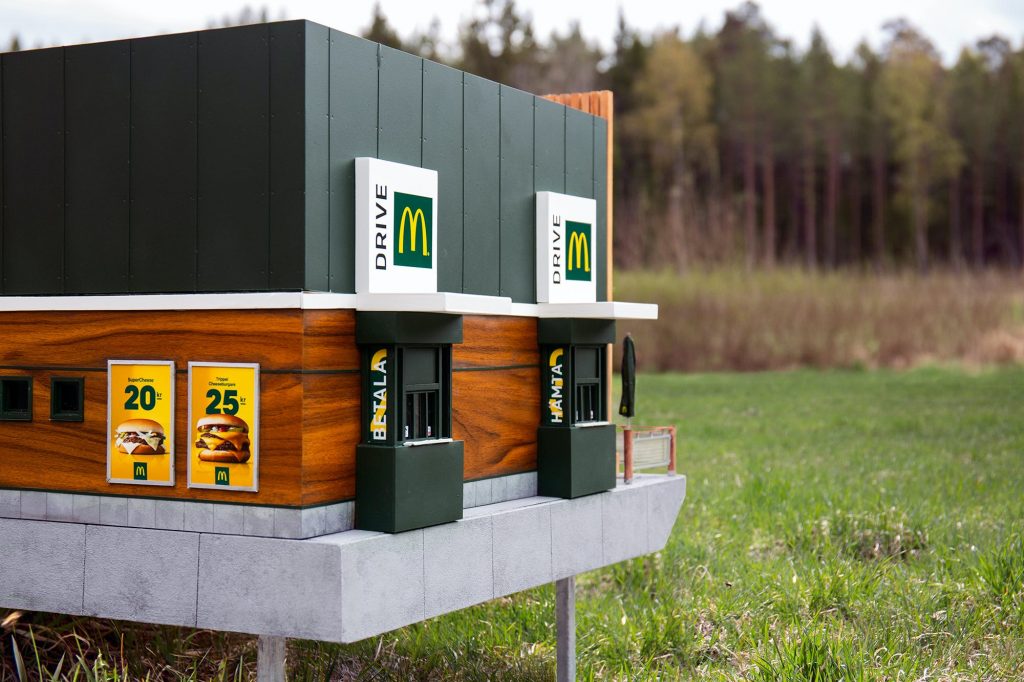
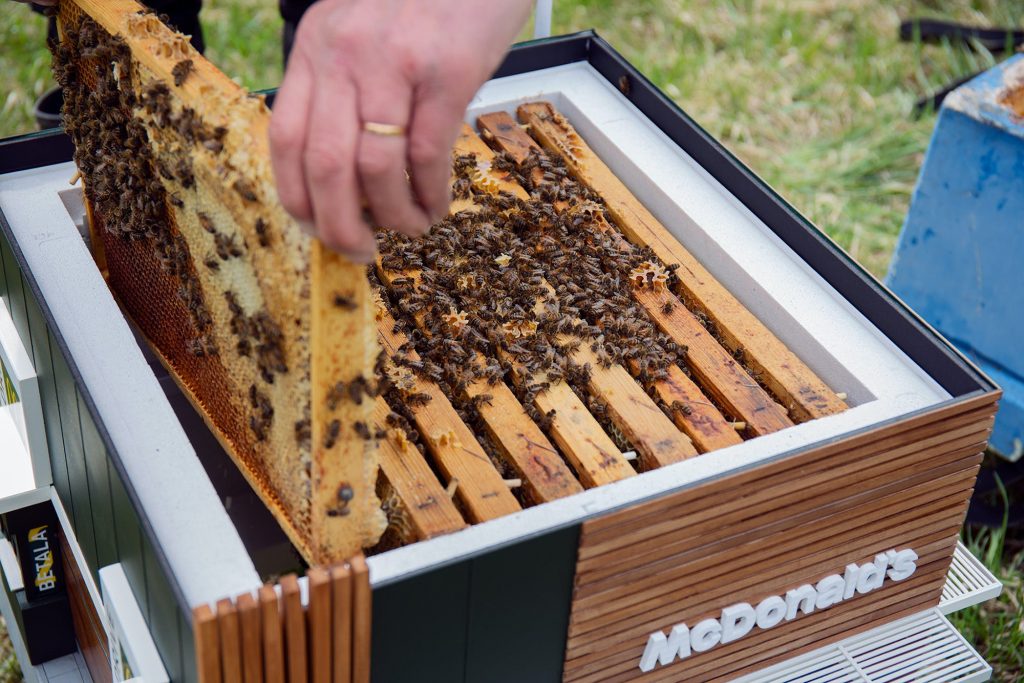
Bee hotels by NORD DDB for McDonald Sweden
To celebrate the initiative, Nord DDB, creative agency with offices in Helsinki, Oslo, Copenhagen and Stockholm, has created what probably could be the world’s smallest McDonald’s – a fully functioning beehive called McHive. The bees enter the hive through the main entrance and the restaurant also has a McDrive and seating outdoors. McHive was designed and built by award winning set designer Nicklas Nilsson. It was auctioned during a charity fund raiser for Ronald McDonald house charities and it was sold to a franchisee for over $10,000.
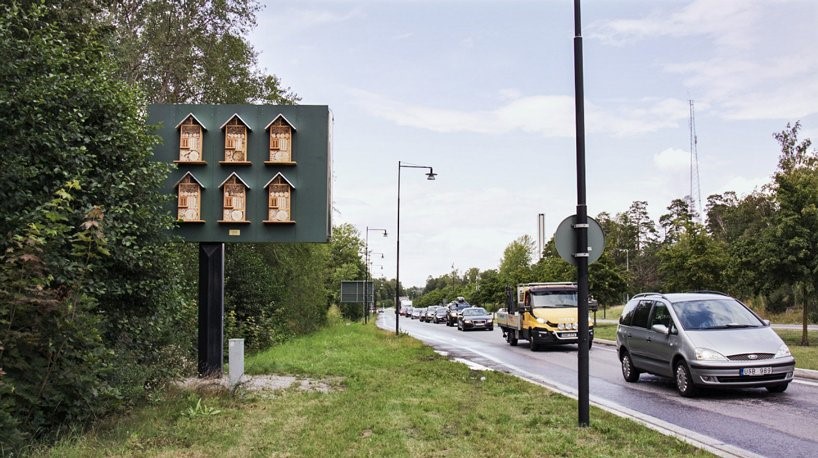
Bee hotels by NORD DDB for McDonald Sweden (via)
Nord DBB’s latest initiative goes one step further and converts McDonald’s billboards into tiny ‘bee hotels.’ It offers the fast-food chain’s franchisees across Sweden an opportunity to order their own bee hotel boards and customize the messaging.

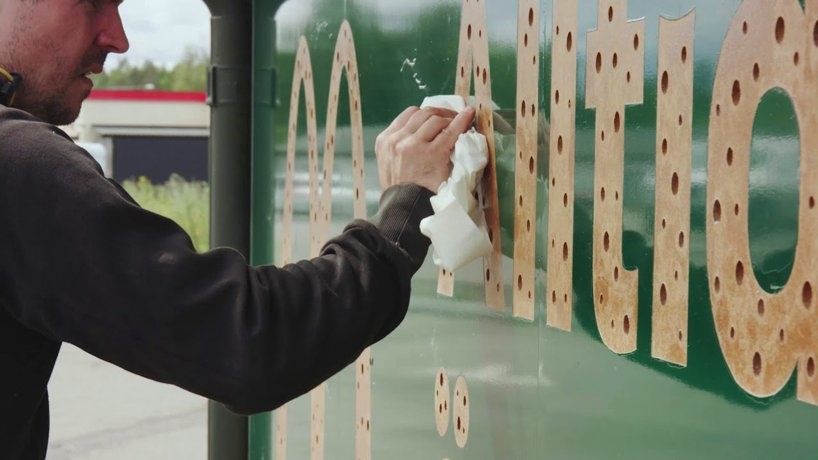
Bee hotels by NORD DDB for McDonald Sweden (via)
Inspired by the idea, some restaurants have opened their own ‘bee hotels’ by installing permanent wood installations with drilled holes in the copy (‘always open’) where wild bees and other insects can make themselves comfortable.
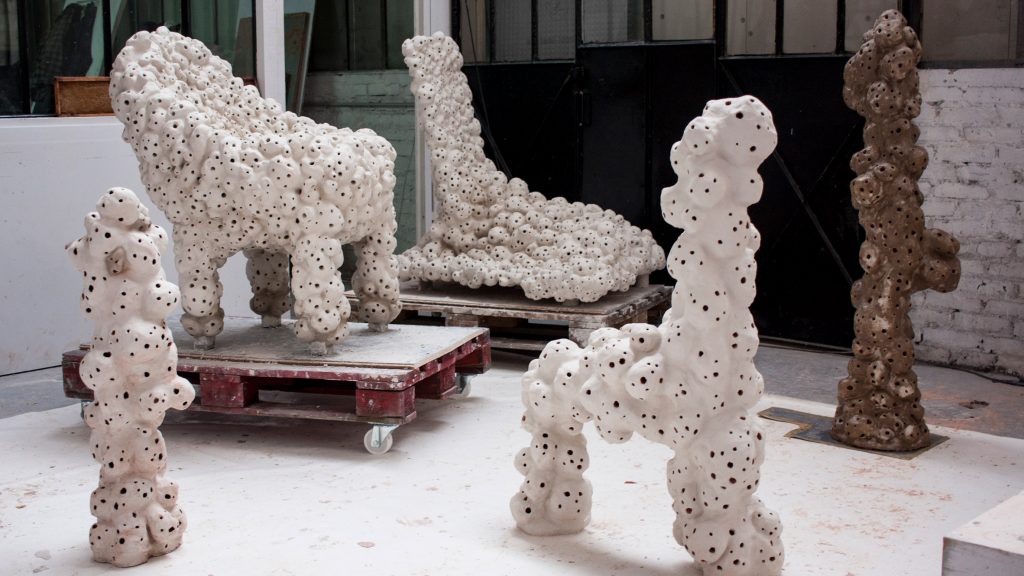
Please Stand By by Marlène Huissoud
Being a daughter of a beekeeper, French designer Marlène Huissoud has developed a series of chairs that that double as bee hotels. Called Please Stand By, the project aims to help pollinators such as solitary bees, wasps and butterflies to find a refuge, nest and hibernate within the city, to protect themselves and find a suitable environment for their needs.
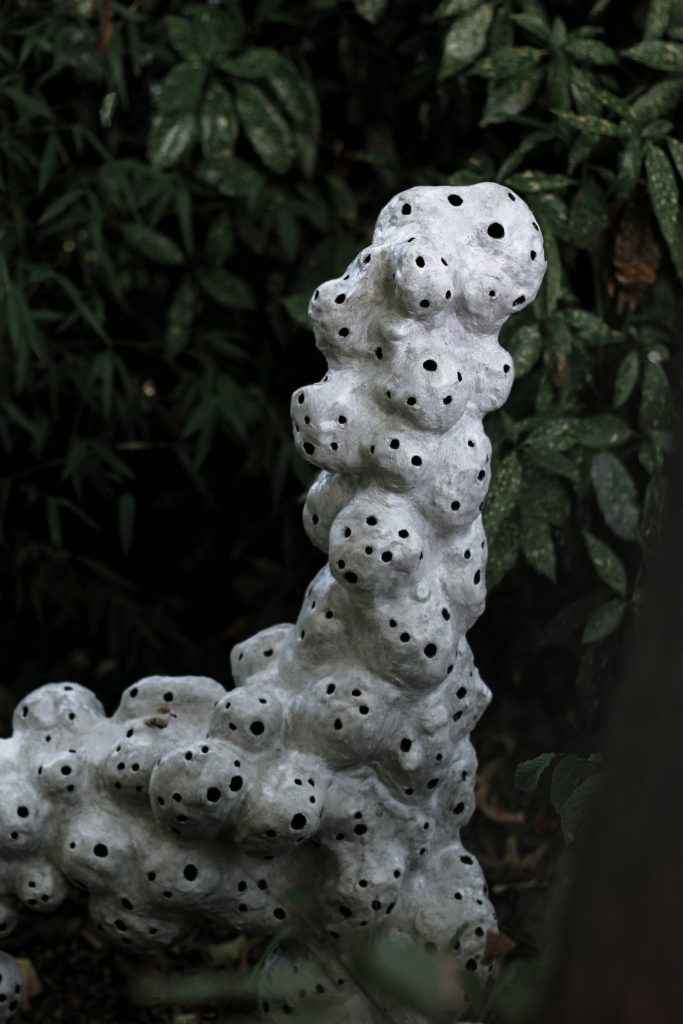
Please Stand By by Marlène Huissoud
Huissoud joined forces with scientists, Robert Francis and Mak Brandon from King’s College London, to create these new habitats for insects of London that are designed and made in an organic and sustainable way. The result is sculptural objects perforated with holes that measure five to 10 centimetres deep to host the insects.
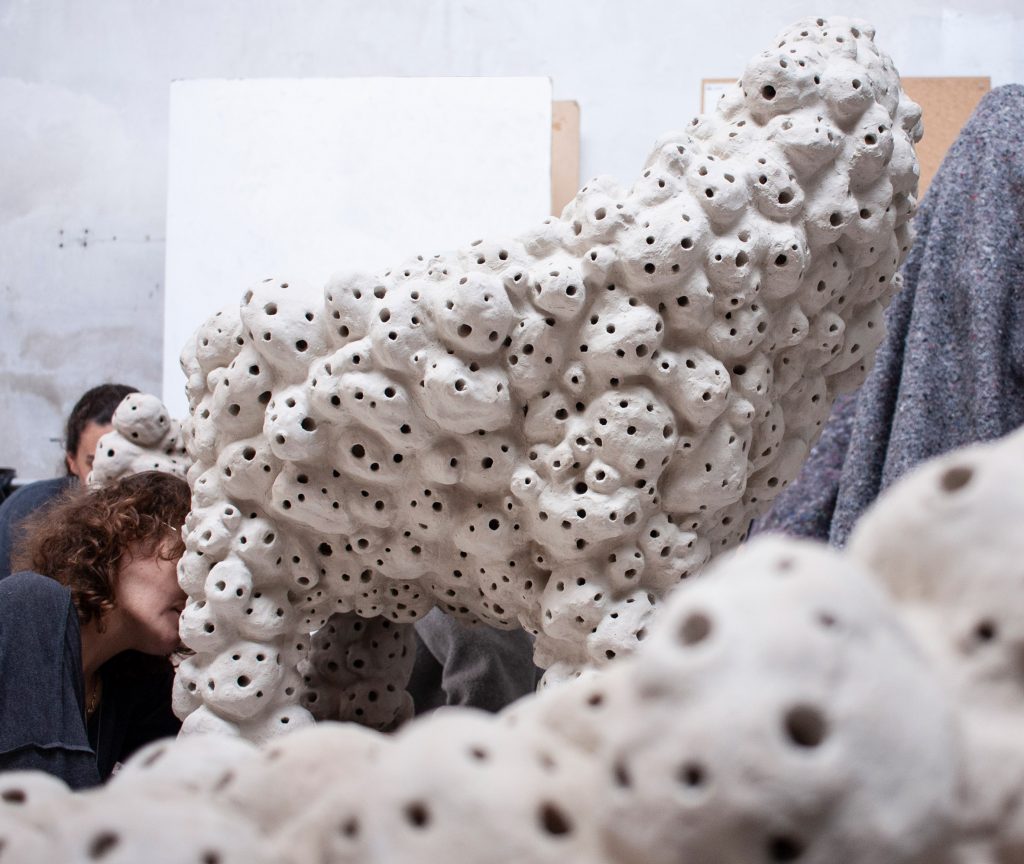
Please Stand By by Marlène Huissoud
The material palette includes materials that the insects like. The sculptural pieces are made out of natural clay, not fired to keep it as much primitive as possible), after which they are coated by a natural binder to protect them from the weather. Even the colours are those that insects are naturally attracted to, which include light hues like white and grey as well as some dark tones.

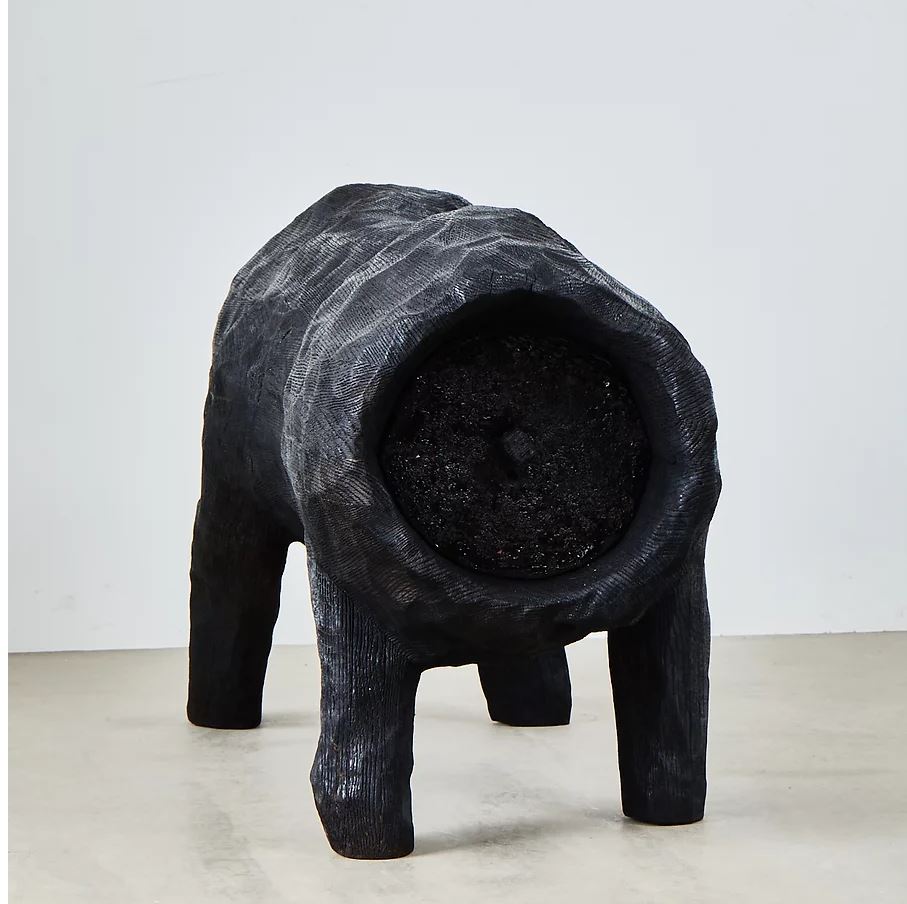
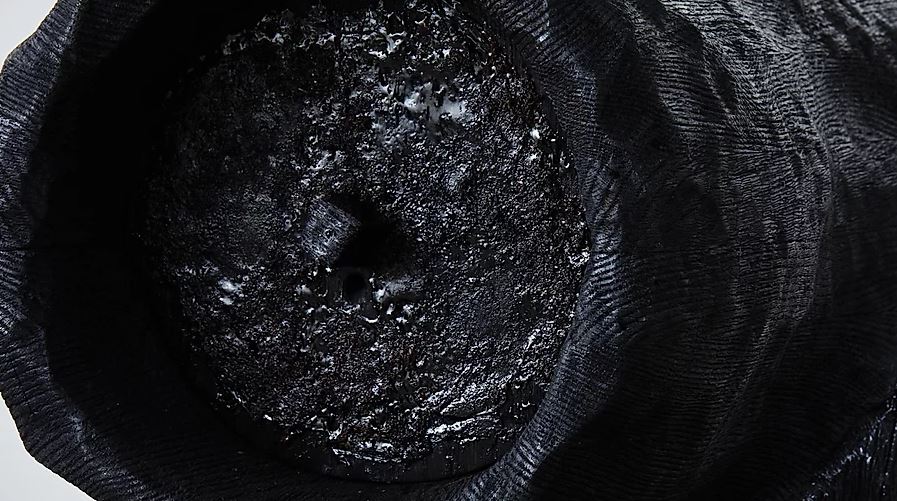
Beehave by Marlène Huissoud
Another Huissoud’s bee-focused project with which the designer aims to give back to nature is her Beehave piece created for Sir Ian Blatchford, Director/Chief Executive of the Science Museum Group. The object comprises a log-shaped beehive with legs that has been scorched black and engraved. The red oak has been varnished inside and out with propolis, a dark resinous material produced by bees to seal gaps in the hive, which protects the timber and attracts bees with its scent.
Find more habitats for birds and bees here